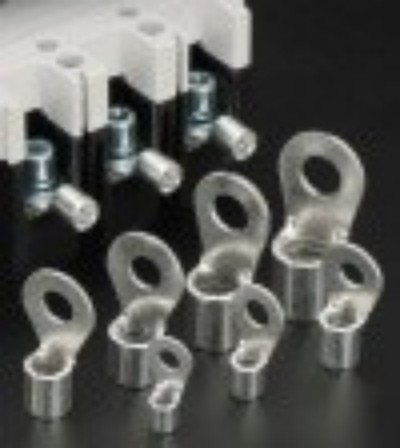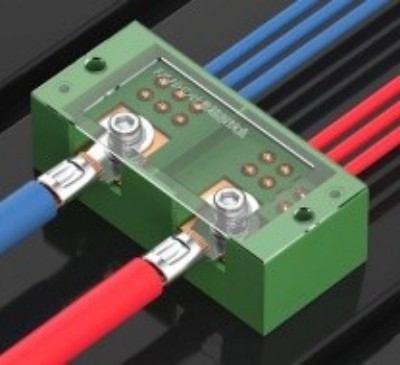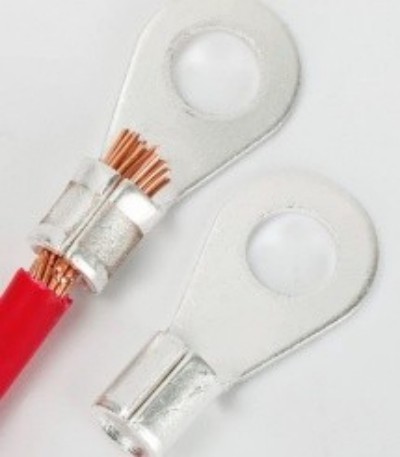1.Classified by Conductor Cross-Section (Common Specifications)
|
Conductor Cross-Section (mm²) |
Applicable Cable Diameter (mm) |
Recommended Applications |
|
0.5–1.5 |
0.28–1.0 |
Microelectronic devices, sensors |
|
2.5–6 |
0.64–1.78 |
Household appliances, small distribution boxes |
|
10–16 |
2.0–4.14 |
Industrial equipment, motor wiring |
|
25–35 |
4.0–5.06 |
High-power distribution, transformer connections |
2.Classified by Interface Type
|
Terminal Type |
Technical Features |
Typical Applications |
|
Screw Terminal |
Threaded terminals requiring tightening |
High-reliability scenarios (e.g., power cabinets) |
|
Plug-in Type |
Direct insertion without tools |
Fast maintenance (e.g., PLC wiring) |
|
Multi-Pin Terminal |
Supports parallel connection of multiple wires |
Complex wire harnesses |
3. Classified by
|
Model Suffix |
Protection Features |
Applicable Environments |
|
-IP20 |
Dustproof without insulation sleeve |
Dry indoor environments (e.g., office equipment) |
|
-IP67 |
Waterproof and dustproof, withstands 1m water depth |
Wet/outdoor environments (e.g., ships) |
|
-EX |
Explosion-proof design |
Hazardous locations (e.g., coal mines, petrochemical plants) |
Key Parameters for Selection
1.Conductor Material
●Copper (Cu): High conductivity, ideal for high-current applications (e.g., power distribution systems).
●Aluminum (Al): Lightweight and cost-effective, but avoid direct contact with copper (use transition terminals).
2.Crimping Requirements
●Verify compatibility with mixed copper/aluminum conductors or multi-strand wire connections.
3.Environmental Adaptability
●High-temperature environments (>85°C): Choose heat-resistant materials (e.g., tin-plated copper).
●Vibration-prone scenarios: Prefer terminals with good elasticity (e.g., aluminum alloys).
Typical Brand and Model References
|
Brand |
Model Example |
Core Advantages |
|
Phoenix |
CK 2.5–6 |
High-precision crimping, UL-certified |
|
Molex |
10104–0001 |
Plug-in design for PCB applications |
| Weidmuller |
WAGO 221 Series |
Screw-type terminals for industrial durability |
Important Notes
1.Matching Principles
●Ensure the cross-sectional area is ≥ the cable’s actual current-carrying capacity (refer to IEC 60364).
●Control cable diameter deviation within ±5% to avoid loose crimps.
2.Installation Standards
●Perform a tensile test after crimping (standard value: 70%~80% of the conductor’s tensile strength).
●Replace terminals or apply protective coatings if the insulation sleeve is damaged.
Post time: Apr-15-2025









